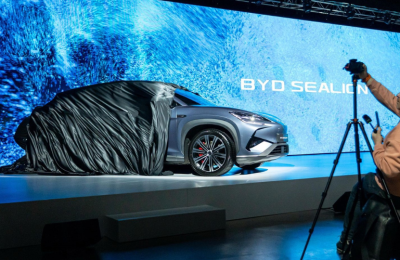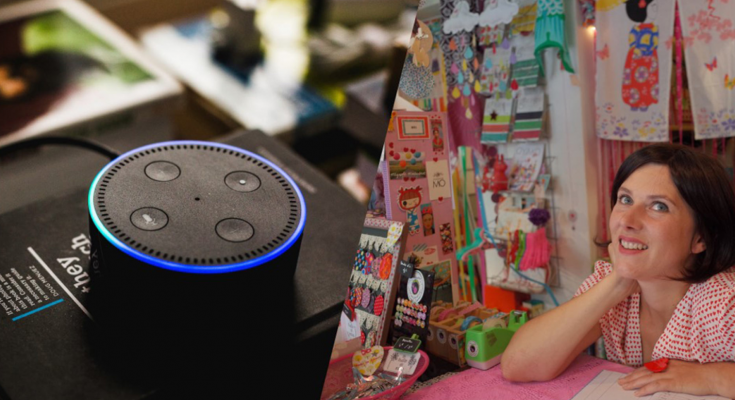Katy Brown, Associate Planning Director at Haygarth Group, considers whether the rise of automated technologies last year has really changed the way we shop.
Automated technologies have been a hot topic inside the marketing bubble for some time, but many predicted that 2018 would be the year they reached their potential – with both retailers and consumers.
Let’s reflect on three predictions, and what the year behind us says about the year ahead.
The UK was certainly armed with the tech needed to make 2018 the year that marketers got to grips with Voice, according to Marketing Week – with huge Christmas 2017 sales theoretically changing the way consumers completed any number of online tasks overnight.
But did this really change the way that we shop? Depends who you talk to. Google claims that 44% of users buy through their voice device every month, but third party estimates for Alexa commerce range from 16% down to a tiny 2%. It seems that despite the wealth of “skills” that brands can now teach Alexa, the usage reality is more mundane: music, weather, and boiling an egg.
Recent years saw social networks unlock APIs to give brands greater powers within their messaging platforms, and so we anticipated a proliferation of chatbots this year. But after the immediate launch of some sexy but gimmicky ones, has their use really passed in to the mainstream and everyday?
Research by AI specialists Ubisoft shows that three quarters of UK consumers have yet to interact with one. Of the one in four who have, nearly half find them “annoying”, whilst three quarters find them impersonal. The most motivating factor for interacting with a chatbot is to get a fast answer – so when the shopper has time for a richer interaction, they’re not yet top choice.
Automated retail formats grabbed headlines, with Amazon announcing it would be bringing its Go format to London, and Sainsbury’s and Co-op also claiming to be developing new, seamless formats.
WHAT IT ALL MEANS
Whilst these innovations make for a smoother experience, they only affect one part of the purchase journey: transaction>exit. This is nothing new – self checkout and scan-and-go have been around for some time, and have successfully demonstrated to retailers that they can trust (most) shoppers. The only thing that Amazon’s “Just Walk Out” model does differently is the way that they monitor baskets and payment.
Not all kinds of shopping can be reduced to simply the buying of stuff. In some categories, we welcome the opportunity to be entertained and educated during the process. At the moment, automated technology can only go so far to deliver this.
Trust and empathy
The argument against the inevitable ubiquity of automation comes down to two factors: trust and empathy. Over time we might build trust in automated services, but this can only happen through repeated, satisfactory encounters. What is missing from an interaction with a robot, although it might beat a human on speed and accuracy, is empathy – a trait which (currently) can’t be authentically embodied by an algorithm.
The uptake of voice shopping is a case in point: we need to spend a little more time with Alexa until we trust her to make brand choices for us, or chat to her about our tough day.
Investing in skills
We’re undoubtedly moving to a retail world where some human roles become less necessary, but with this comes a risk that automation will not just make consumers lazy but will cause a downskilling of the staff who do remain.
I was on my local high street last week and, on the spot, decided to buy a wireless keyboard as a Christmas gift. Eschewing my normal tech buying process (Google it > Prime it), I headed to the nearest with the intention of not only receiving the expert advice I needed, but walking out with the right product under my arm.
What actually happened, when I managed to attract the attention of a member of staff, was this:
Me: “I want to buy a wireless keyboard that’s compatible with my dad’s LG Smart TV. You sell both. What are my options?”
Assistant: “Nah – no, I dunno about compatibility. You’ll need to Google it.”
Needless to say, I left without making a purchase. This scathing review is based on one encounter, but does hoist a red flag for retailers.
Mastering the mix
It is essential that retailers don’t lose sight of those uniquely human skills of empathy and trust when blending staff and technology. For the meantime, there are still areas where humans trump robots – entertainment, advice, upselling, warmth, familiarity – and the retailers who will survive the high street’s tough times will be those who combine technology and skilled personal interaction to create a shopping experience that is both fulfilling as well as seamless.
Haygarth is an award-winning creative agency that create powerful brand and retail ideas that amaze and persuade people to buy.























